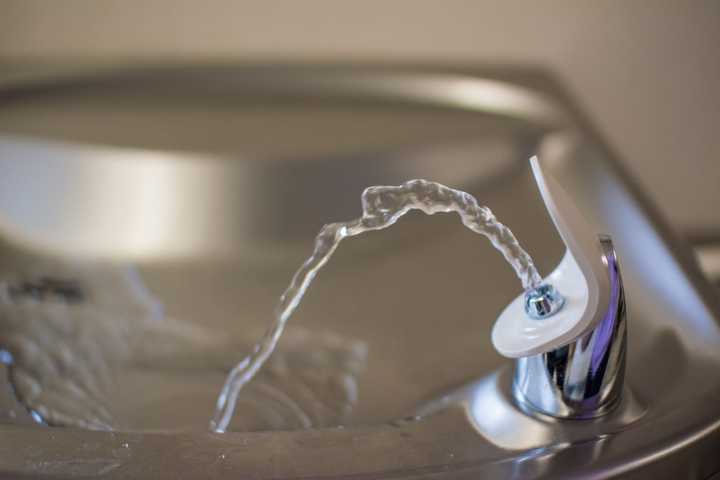The May 28 "What's in My Water" report concludes that nearly 16 million New Yorkers are served by water systems that detected one or more UCMR3 ( Unregulated Contaminant Monitoring Rule) contaminants.
The report says it is unclear if certain detections are health concerns but cited some detected contaminants that are above the Environmental Protection Agency health advisory levels.
Long Island had the most systems with detections, followed closely by the Hudson Valley, with the third highest number of systems with detections in Western New York, according to the review.
Long Island had more systems with detections for emerging contaminants than any other region. Nineteen distinct emerging contaminants were detected. Strontium was detected most frequently, followed closely by chromium-6, chlorate, chromium, and 1,4-dioxane.
Nassau County had the highest number of systems with detections. 1,4-dioxane, PFOA, and PFOS were detected in both Nassau and Suffolk Counties.
Dioxane is an industrial solvent manufactured in large quantities for numerous uses. Decades of improper use, disposal, and storage have led to widespread drinking water contamination. Studies find that exposure to 1,4 dioxane can cause liver cancer and chronic kidney and liver effects, which has led EPA to designate the chemical as a likely human carcinogen, said the report.
Two other PFAS (perfluorooctanoic acid) and PFOS (perfluorooctanesulfonic acid) chemicals were detected in Suffolk County.
PFOA and PFOS endanger public health at very low levels of exposure, resulting in developmental effects to fetuses, thyroid disorders, ulcerative colitis, high cholesterol, preeclampsia, and kidney and testicular cancer, the report says.
Click here for the New York Public Interest Research Group report.
Click here to follow Daily Voice Brentwood and receive free news updates.
